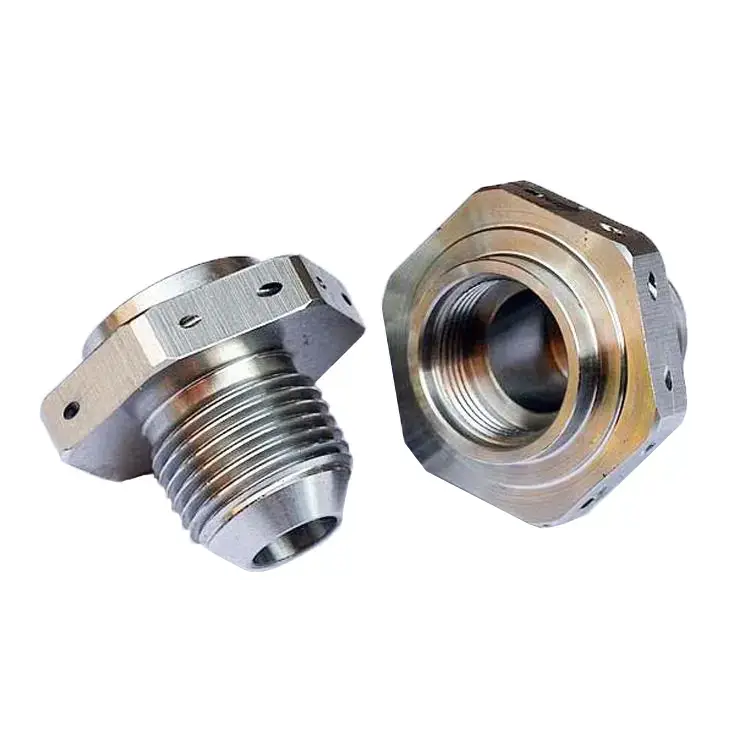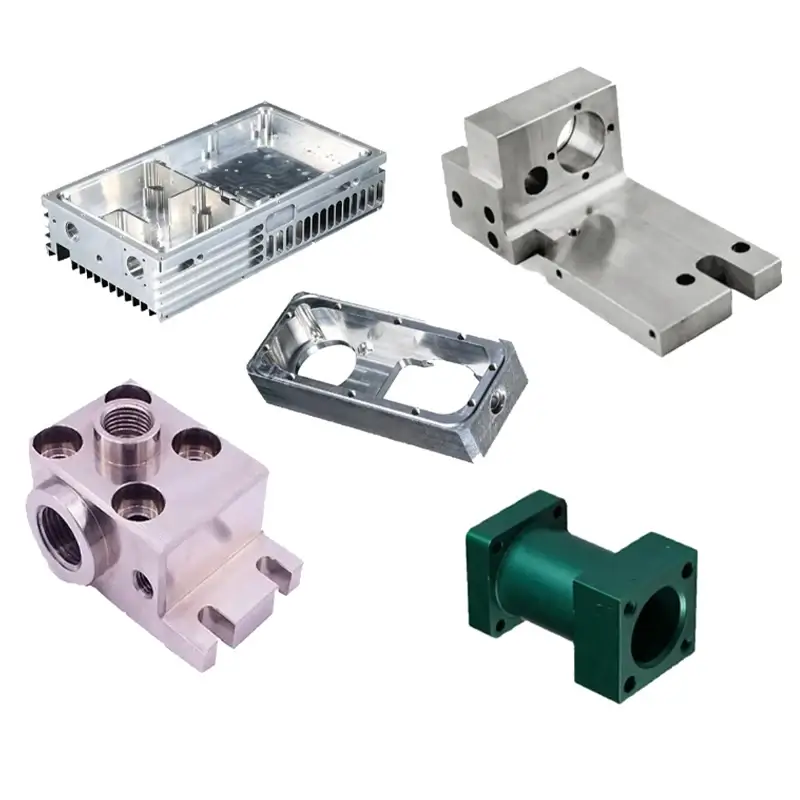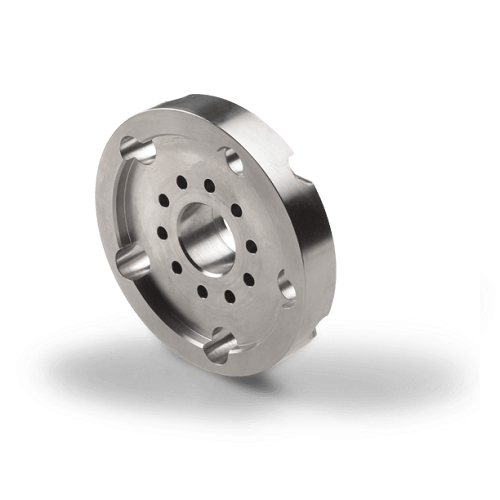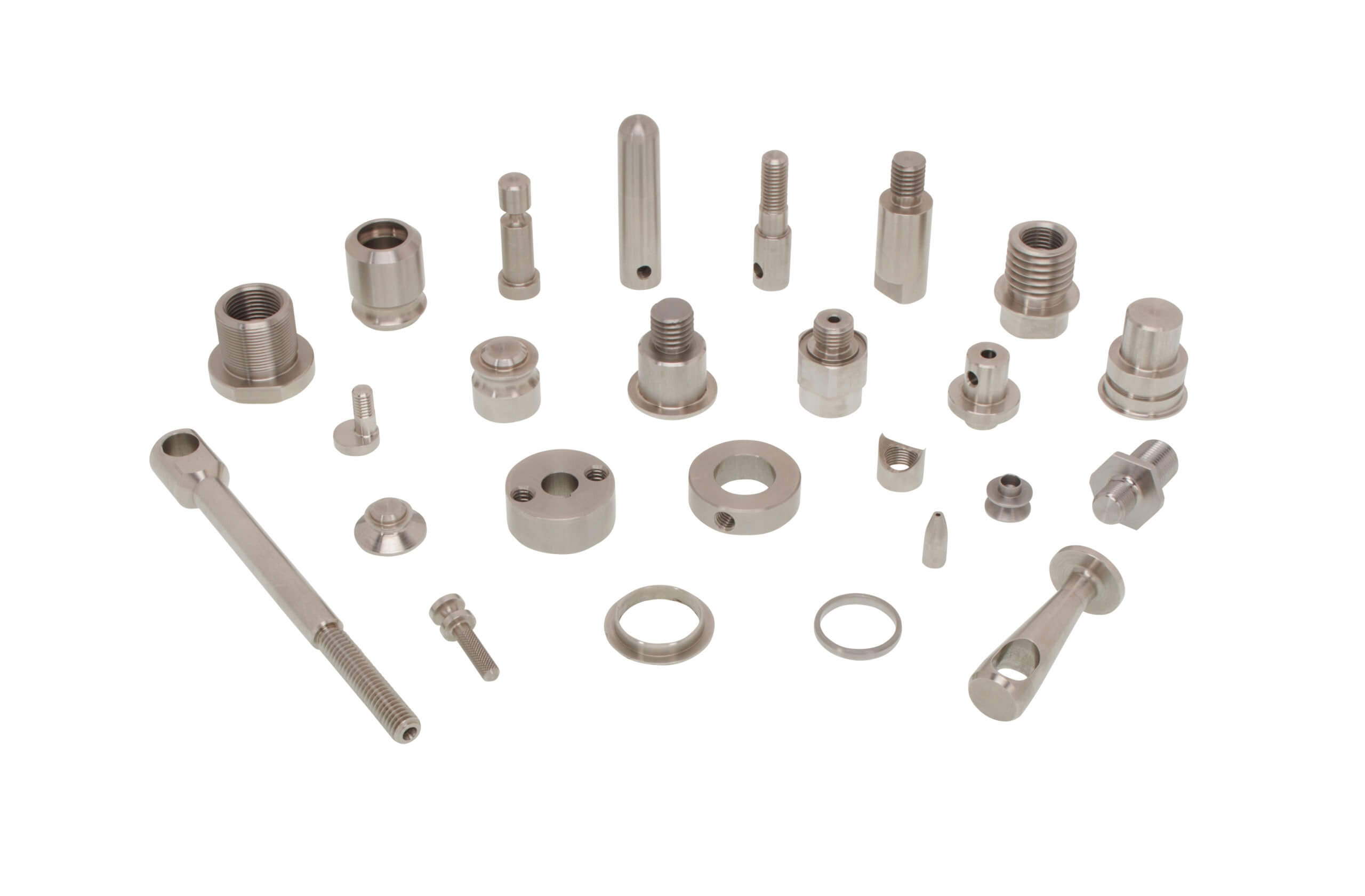Introduction to CNC turning parts
CNC turning parts are parts with tight tolerances and high quality. Because CNC machining is one of the most commonly used manufacturing processes for precision parts and components due to its high precision, high efficiency and repeatability.
CNC machining is generally divided into CNC milling and CNC turning. Both machining methods have their own advantages, and the choice of which machining process to use depends on the requirements such as the geometry and features of the part.
CNC turning is a cost-effective solution for producing high-quality parts with tight tolerances.
1.What is CNC turning?
CNC turning is a machining process in which the raw material is rotated on a lathe while the tool remains in a fixed position until the required amount of material is removed and the desired shape or geometry is achieved.
The turning speed of the lathe depends on the material specification, the tool used, and the diameter size being machined. The turret is used to accommodate the various tools required to machine the material.
CNC turning has the advantage of increasing the efficiency of the manufacturing process and can produce high-precision and complex CNC turning parts to the exact specifications of the customer.

2.Lathes, milling machines
CNC machining is generally classified into:
- CNC Lathes: The tool is fixed, the material moves.
- CNC Milling Machines: The material is fixed, the tool moves.
1) CNC Lathes
Lathes are designed to rotate the material or workpiece relative to a fixed-position cutting tool. The chuck is a device used to hold the workpiece on a CNC lathe. The chuck is connected to the spindle and motor to achieve the turning motion.
CNC turning relies on the turning speed of the lathe and the mounted workpiece to remove material exposed to the single-edged cutting tool.
As the cutting tool machines the desired shape or geometry on the workpiece, the turret holding the tool can change position and switch to another tool if necessary to continue machining the workpiece.
2) CNC Milling Machines
The CNC milling process involves holding the workpiece in place while the cutting tool moves along an axis to remove material.
These machines can be very large and are usually classified by the number of axes. There are at least 3 axes, X and Y for left/right, forward/backward movement, and Z for up/down movement. On this machine, you can make block parts in 3 directions or on one surface.
The machine can also be fitted with different cutters depending on the size of the part and the features that need to be machined into the material.
· 4-axis machines can make parts by machining on 3 surfaces.
· 5-axis machines can machine parts on 5 surfaces.

3.Advantages of Precision CNC Turning
1) Improved Efficiency with Precision CNC Turning
CNC turning can cost-effectively manufacture certain parts with complex features. Parts can be machined from solid materials such as steel, cast steel, and cast iron.
CNC turning is a cost-effective manufacturing method that produces high-precision parts with efficient use of materials, less waste, and generally shorter machining times per part.
Get Consistent, Accurate Results with Precision CNC Turning This is a very precise process because CNC lathes are digitally controlled and do not require constant human supervision. CNC turning parts can achieve better dimensional control and a better finish.
2) Complexity of CNC turning parts
CNC turning can produce symmetrical parts with complex features, such as spherical cavities, deep grooves, and external and internal threads without undercuts. This may be more difficult or impossible to do using other machining methods.
3) Precision CNC Turning Brings Higher Precision and Quality
The list of parts that can be made with CNC turning is endless. CNC turning has high precision and is the most common method for making parts that need to be symmetrical along the center axis, such as hydraulic cylinder pistons and gland nuts.

4.Applications of CNC turning parts
1) Automotive
In the automotive industry, turning is essential for the production of a variety of parts, including engine components, transmissions, chassis, braking systems, and frames. They enable efficient manufacturing of complex parts that help improve fuel efficiency, performance, and safety. They are often used for precision engineering components for engines, transmissions, and suspension systems.
2) Aerospace
Passenger safety is a top priority in the aerospace industry, and strict design and manufacturing error tolerances can easily ensure passenger safety.
However, CNC turning parts are a major component of every aerospace manufacturing project. CNC turning is used to manufacture aerospace components such as aircraft engines, landing gear, and critical parts for avionics.
3) Medical
In the medical field, medical procedures require the use of special tools with intricate design details and a narrow margin of error, and CNC turning parts help to manufacture some of the most complex mechanisms and devices used to save lives.
These devices include implants, surgical instruments, and medical devices.
4) Electronics
Components used in consumer electronics require tight tolerances, high precision, high quality, smooth surfaces, and complex molding processes. As a result, turned parts can be used for assemblies, lens housings, connectors, fittings, and other electronic components.
5) Oil and Gas
This industry is another heavy user of CNC turning parts, producing pipe fittings such as valves, pump components, drilling equipment, and unique studs and bolts. CNC turning’s ability to produce design precision using corrosion-resistant materials continues to be favored by the industry.
6) Industrial Machinery
Custom parts for a variety of mechanical equipment.
5.Where can I purchase CNC turning parts?
Outsourcing to a manufacturer that specializes in the capabilities your business requires is essential to success. However, for both quality and financial reasons, it is important to source parts from an experienced manufacturer with the ability to consistently supply precision parts and components.
Xavier’s CNC Turning Services provide quality CNC turning parts. Xavier has extensive experience and expertise in manufacturing precision parts and components for many different industries. At the same time, our CNC machining capabilities cover milling and turning, and can process parts from a variety of materials such as steel, cast steel, and cast iron to meet our customers’ needs.
